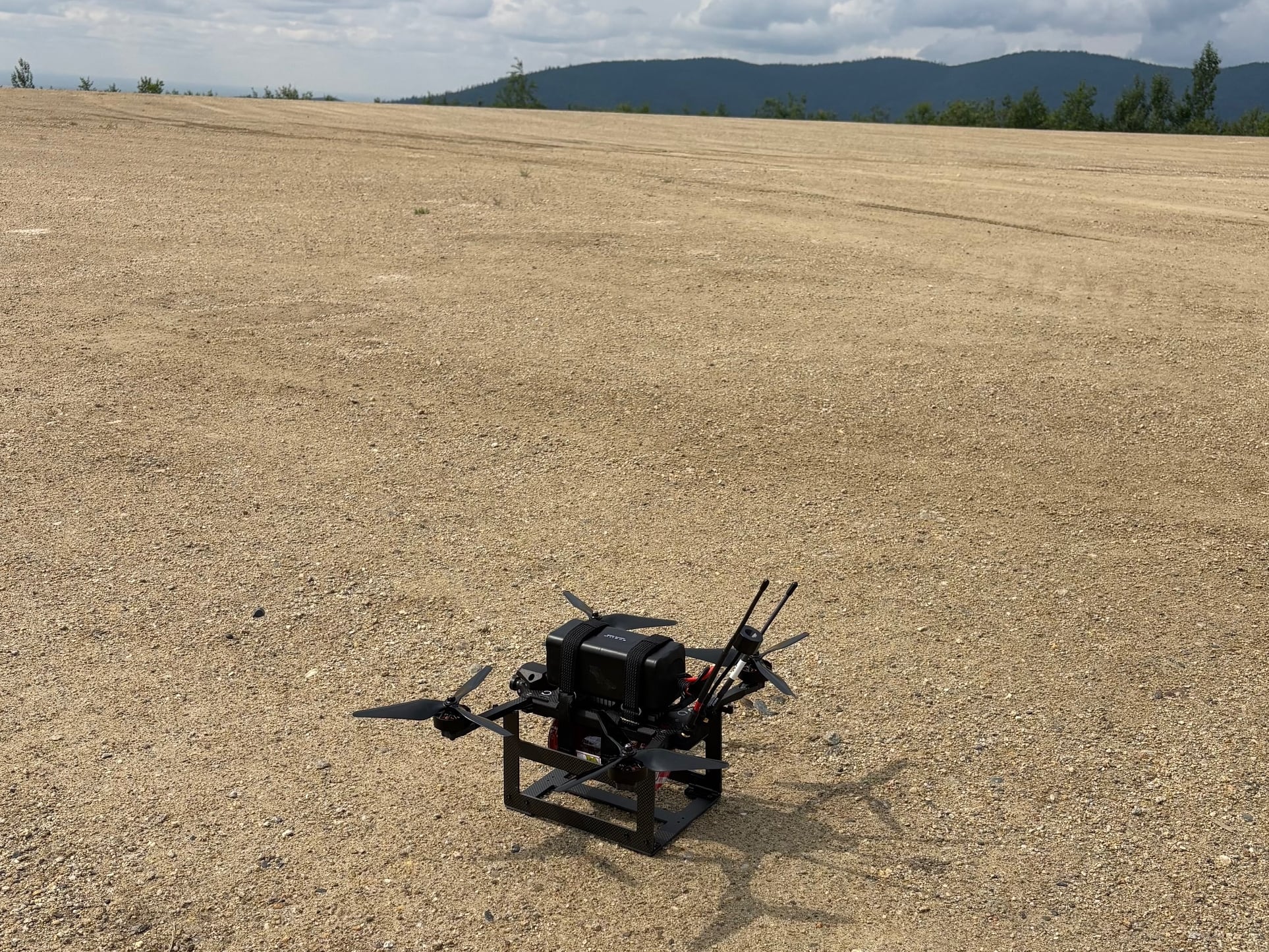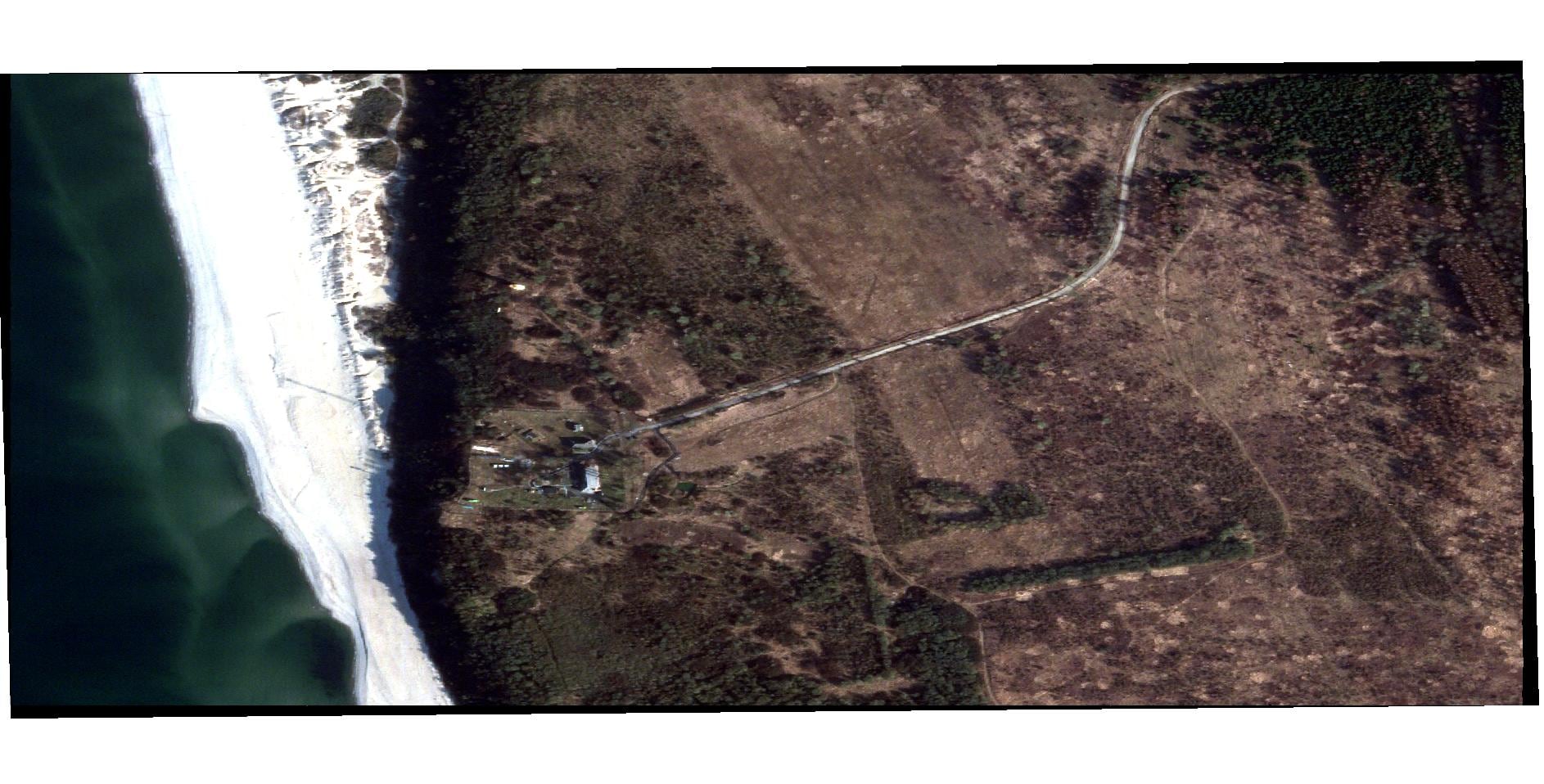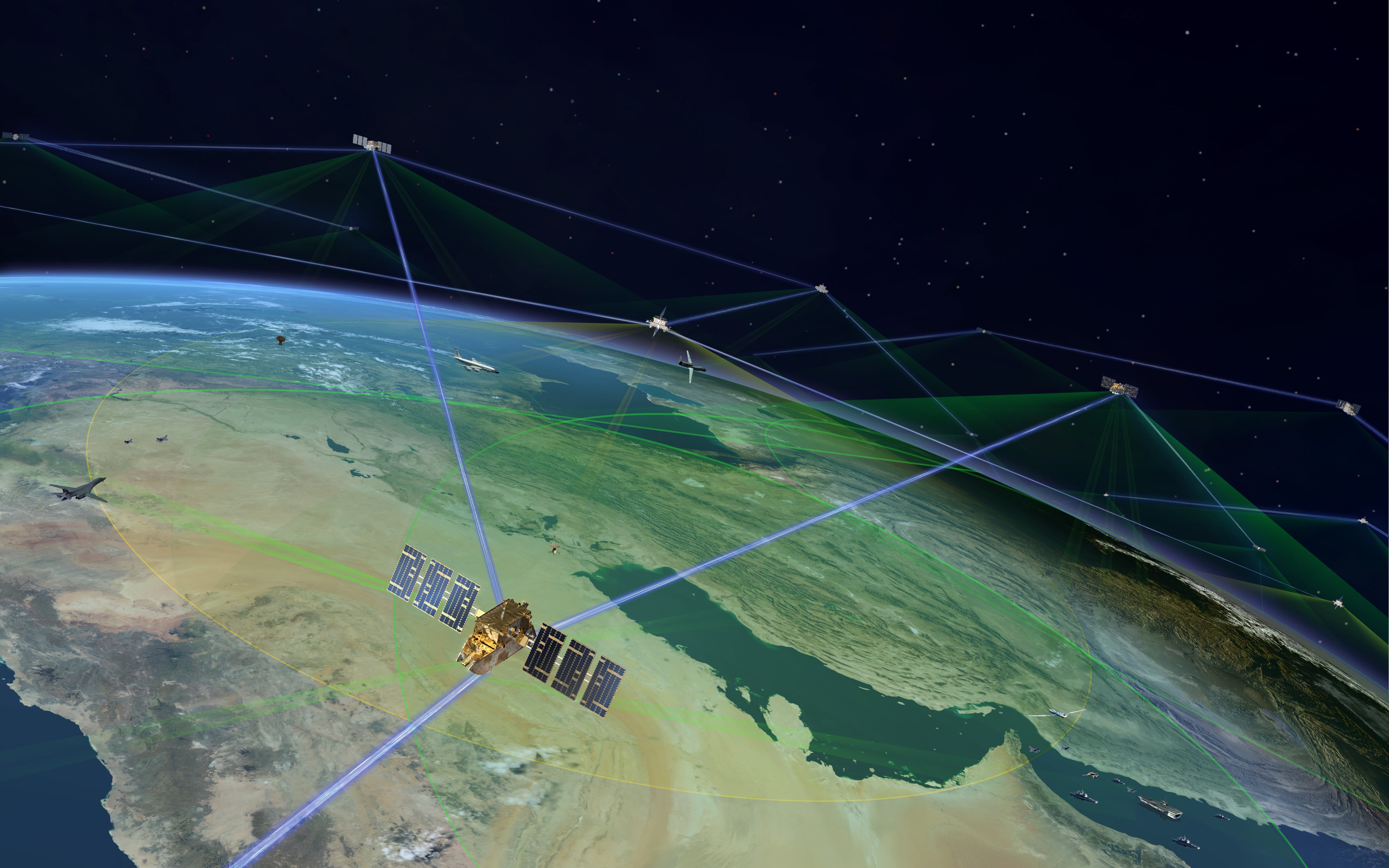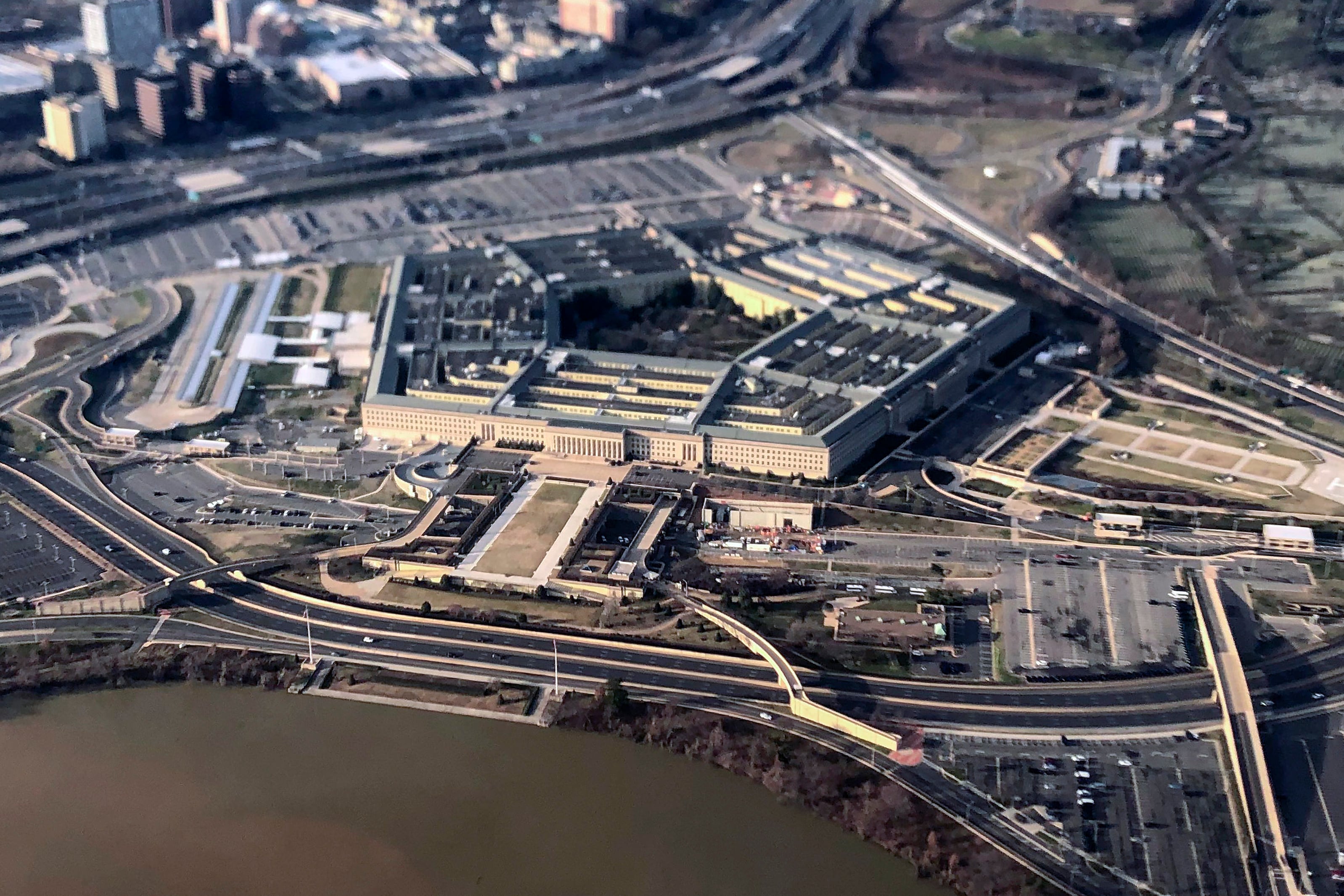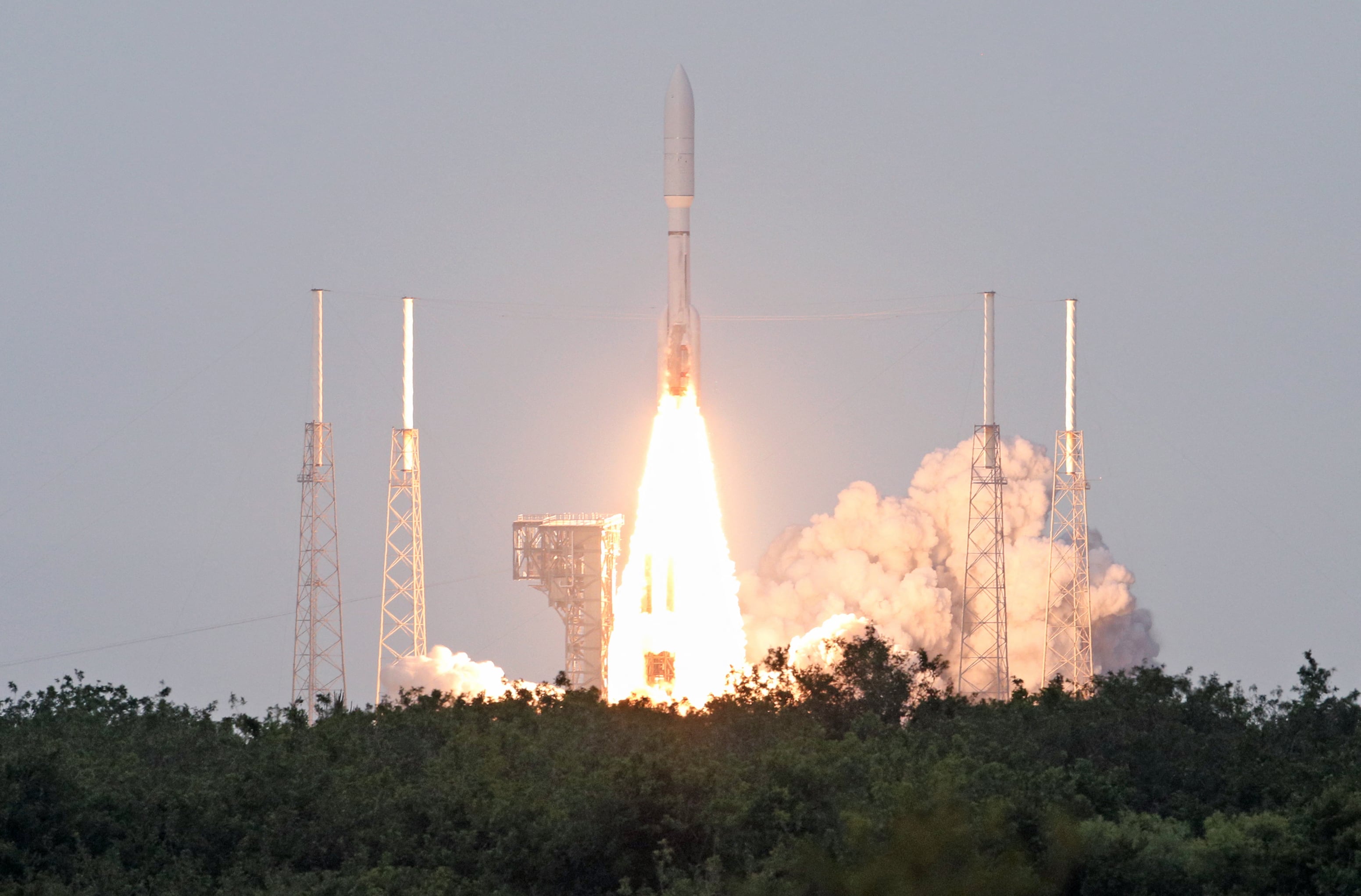Knowing and interacting with the communications technology of other services, despite the challenges, is key to the Navy’s success, said Navy Warfare Integration Director Rear Adm. Steven Parode.
During his remarks at the 18th annual C4ISRNET Conference — held in Arlington, Virginia, June 6 — Parode emphasized that integrating technologies into platforms is key to the Navy’s mission.
“There’s no value in building a naval force that is not interoperable, because a naval force operating independently is only sufficient for a very short period of time. And, more importantly, its ability to leverage all of the capacity and capability in the fleet is closely tied to our ability to leverage joint capacity and capability for everything from communications to ISR to decisions,” said Parode.
“We’ve been operating in an almost exclusively joint interoperable environment for a very long time now,” he added.
The Navy depends heavily on the communications systems overseen by other services, explained Parode. For instance, the Navy needs to understand the communications systems that are overseen by the Army for missions where the Marine Corps goes ashore and, similarly, the Navy relies on the Air Force for its beyond-the-horizon communications.
“One of our principle priorities is to ensure that we do no harm to interoerability, and that we are in a fully transparent development environment where we can adapt those advances and technological breakthroughs that are achieved in other services for joint operability to our needs, and to share our breakthroughs with the other services on a peer level,” said Parode. “And that is happening today.”
Incorporating those advances in new or developing platforms can be difficult for the Navy, especially with the long period between conception and delivery of ships.
“It’s difficult to line up, synchronize and deliver programmatically on things that make sense at the right time for the force,” said Parode. “For us in the Navy, it’s particularly challenging because our force is a long-lead force. There are ships being conceived of today that will not be available to the United States Navy for nearly a decade.”
One way to streamline that process is to quickly identify advances that can be integrated into the force at the application or processing level. That avoids the need to change out hardware, which can entail the difficult task of reconfiguring the complex and limited space on board a ship.
“In the long run, it’s about creating a force that can operate at all levels of connectivity and all levels of dependency with regard to both national and joint capability and capacity. That’s really what it’s all about,” said Parode.
Nathan Strout covers space, unmanned and intelligence systems for C4ISRNET.

